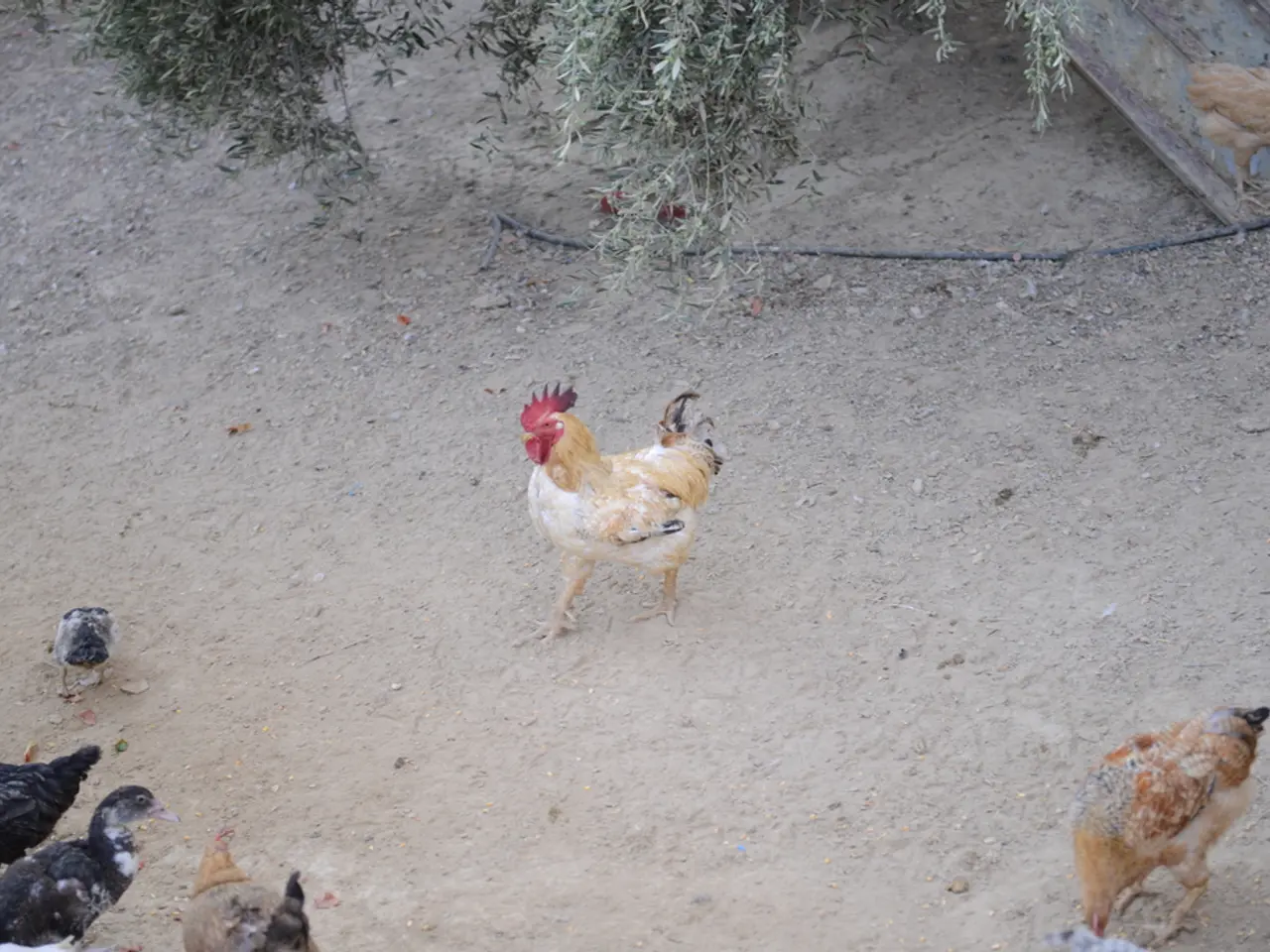England's white-tailed eagles successfully raised three fledglings this breeding season
In an exciting development for British wildlife, three white-tailed eagles have successfully fledged from wild nests in England, marking a significant milestone in the ongoing reintroduction project.
This year, two chicks were born to the same parents, adding to the success of the previous year when a single chick hatched, the first in England since the 17th century. The latest brood includes one chick in Dorset, a region that hasn't seen a white-tailed eagle chick in 240 years, and two in Sussex.
The white-tailed eagles, the UK's largest bird of prey, have found a home in southern England, with three pairs released by the scheme having formed and established territories. These birds of prey, known for their distinctive white tail and dark brown body, have been targeting a variety of prey such as cuttlefish, rabbits, fish, and other birds.
The reintroduction project, a collaboration between Forestry England, the Roy Dennis Wildlife Foundation, and the Royal Society for the Protection of Birds (RSPB), began in 2019 on the Isle of Wight. So far, 45 young white-tailed eagles have been released as part of the English scheme, including eight birds released this summer from the team's base on the Isle of Wight.
Despite concerns about potential conflicts with farming, it appears that the birds and livestock are coexisting peacefully. There have been no reported incidents of the eagles preying on livestock, a testament to the careful planning and monitoring of the reintroduction project.
Roy Dennis, founder of the Roy Dennis Wildlife Foundation, expressed delight at another year of successful white-tailed eagle breeding. "It's a fantastic achievement for the project team and a significant step towards establishing a sustainable population of these magnificent birds in England," Dennis said.
The successful breeding attempts bring the total number of white-tailed eagles born in the wild through the reintroduction project to six. However, the project aims to establish a population of six to 10 breeding pairs within 60km (40 miles) of the release site on the Isle of Wight.
While two white-tailed eagles were found dead in 2022, investigations into their deaths remained inconclusive. In a recent case, no evidence of an illegal act was found in the death of a white-tailed eagle on the Isle of Wight.
As the young eagles grow and establish their own territories, the future of the white-tailed eagle in England looks promising. With continued support and monitoring, these majestic birds could once again become a common sight in the British countryside.
Read also:
- Peptide YY (PYY): Exploring its Role in Appetite Suppression, Intestinal Health, and Cognitive Links
- Toddler Health: Rotavirus Signs, Origins, and Potential Complications
- Digestive issues and heart discomfort: Root causes and associated health conditions
- House Infernos: Deadly Hazards Surpassing the Flames




